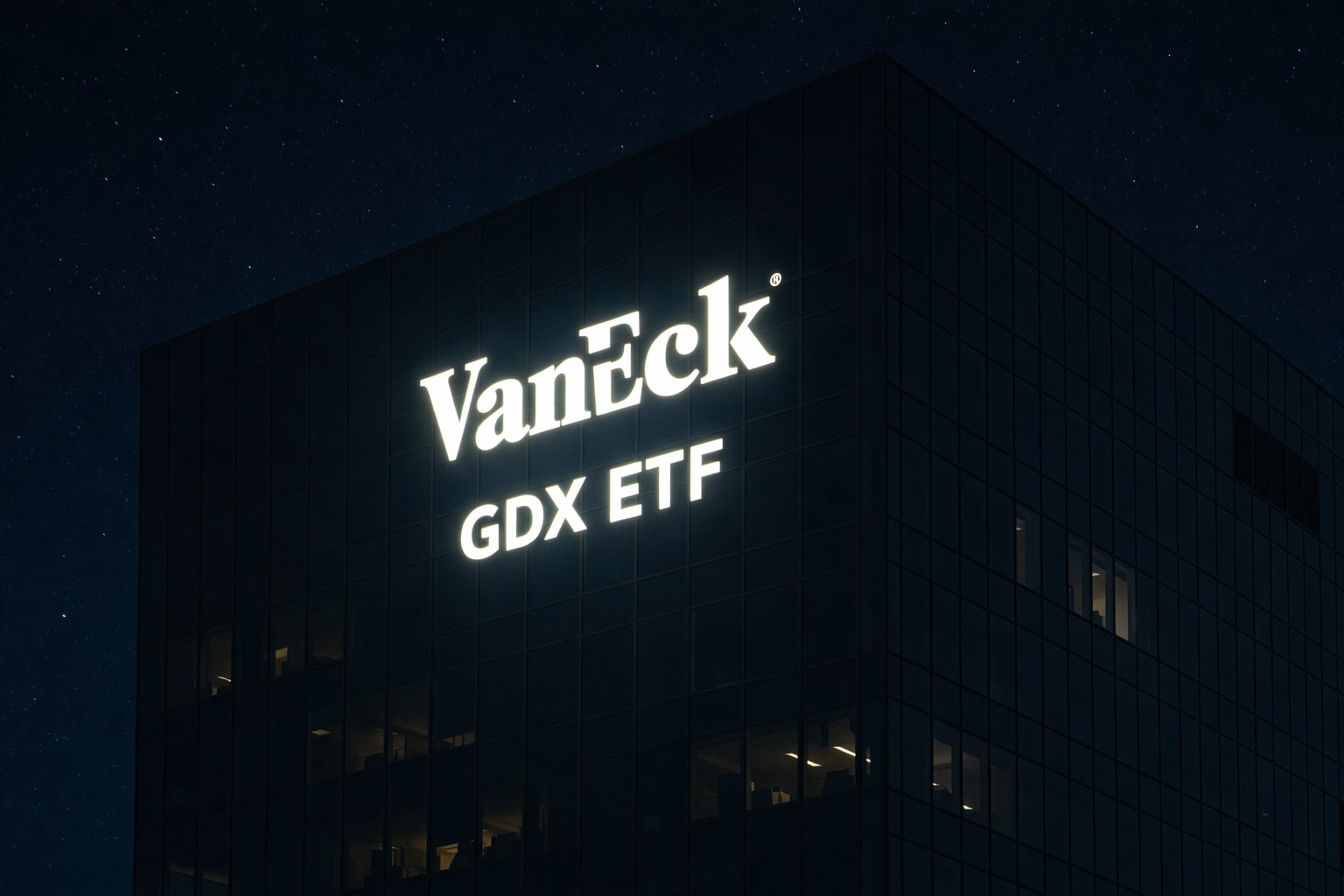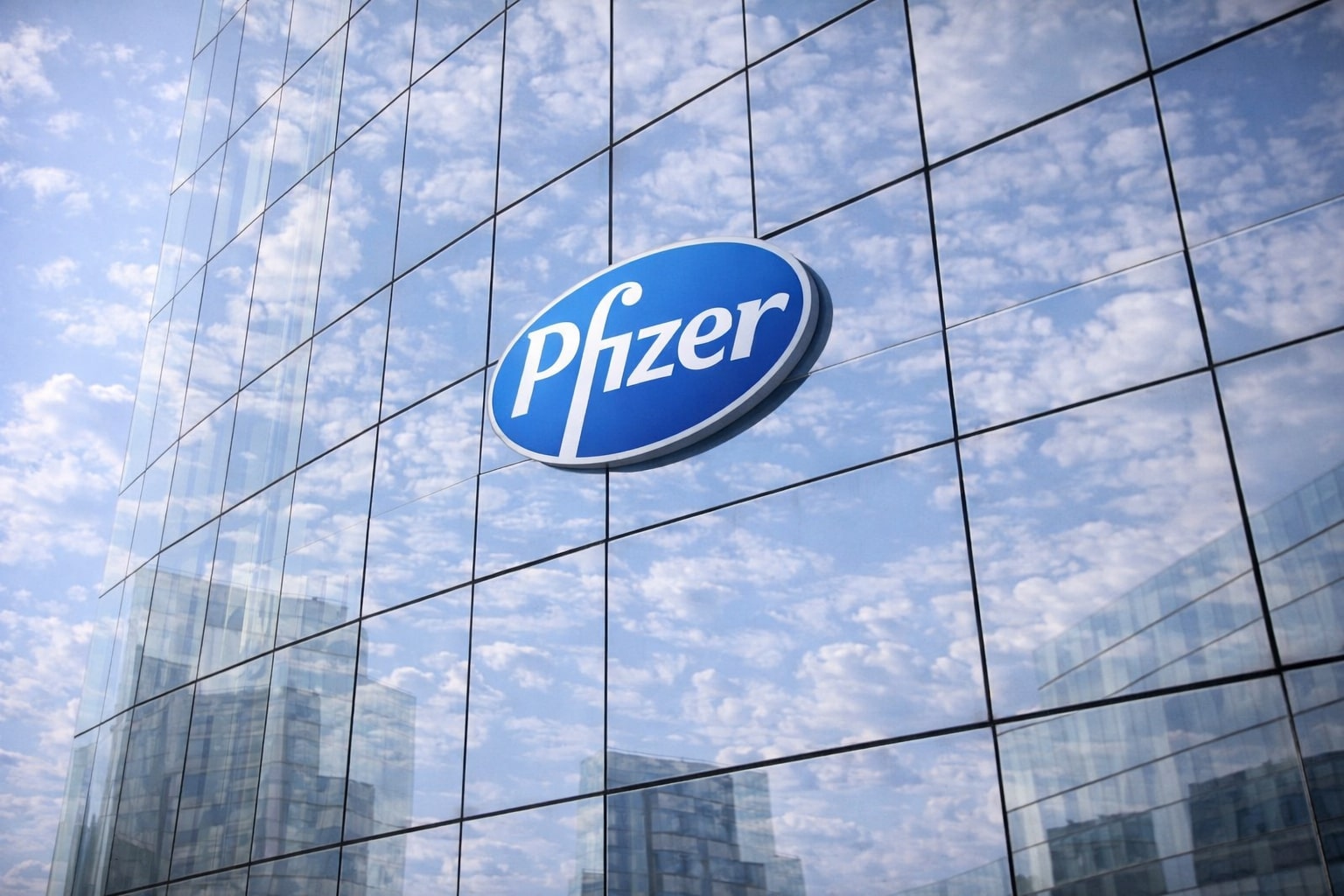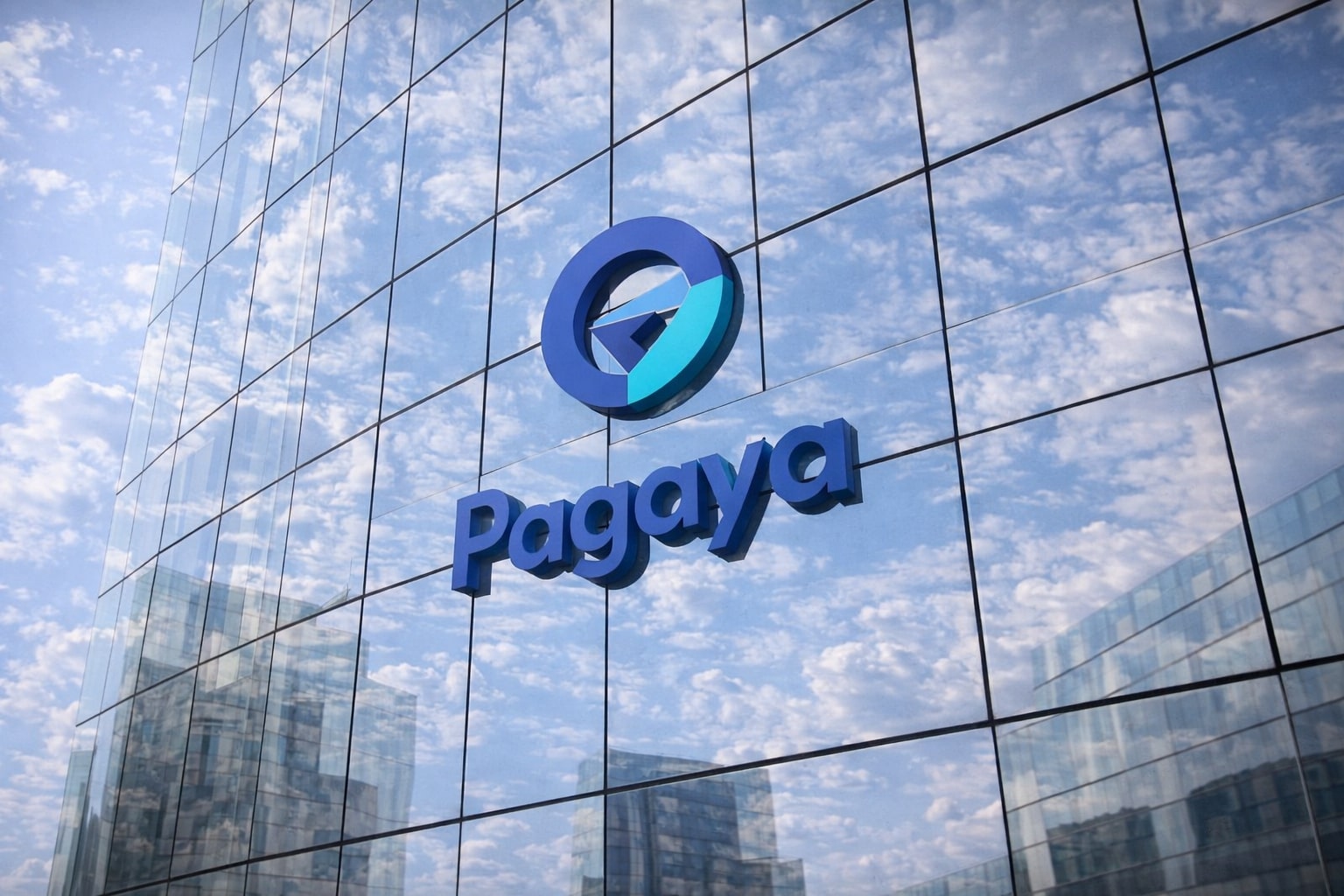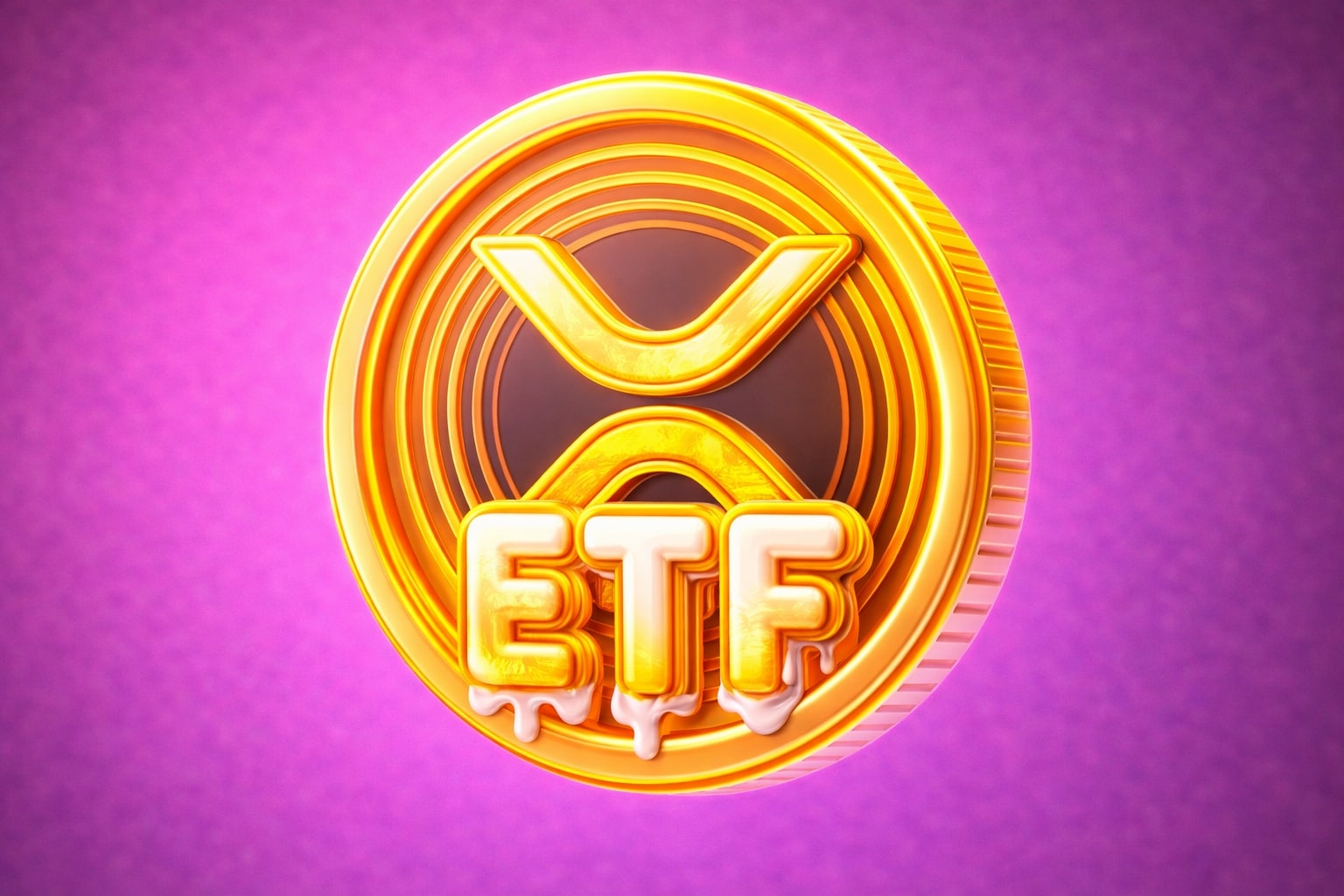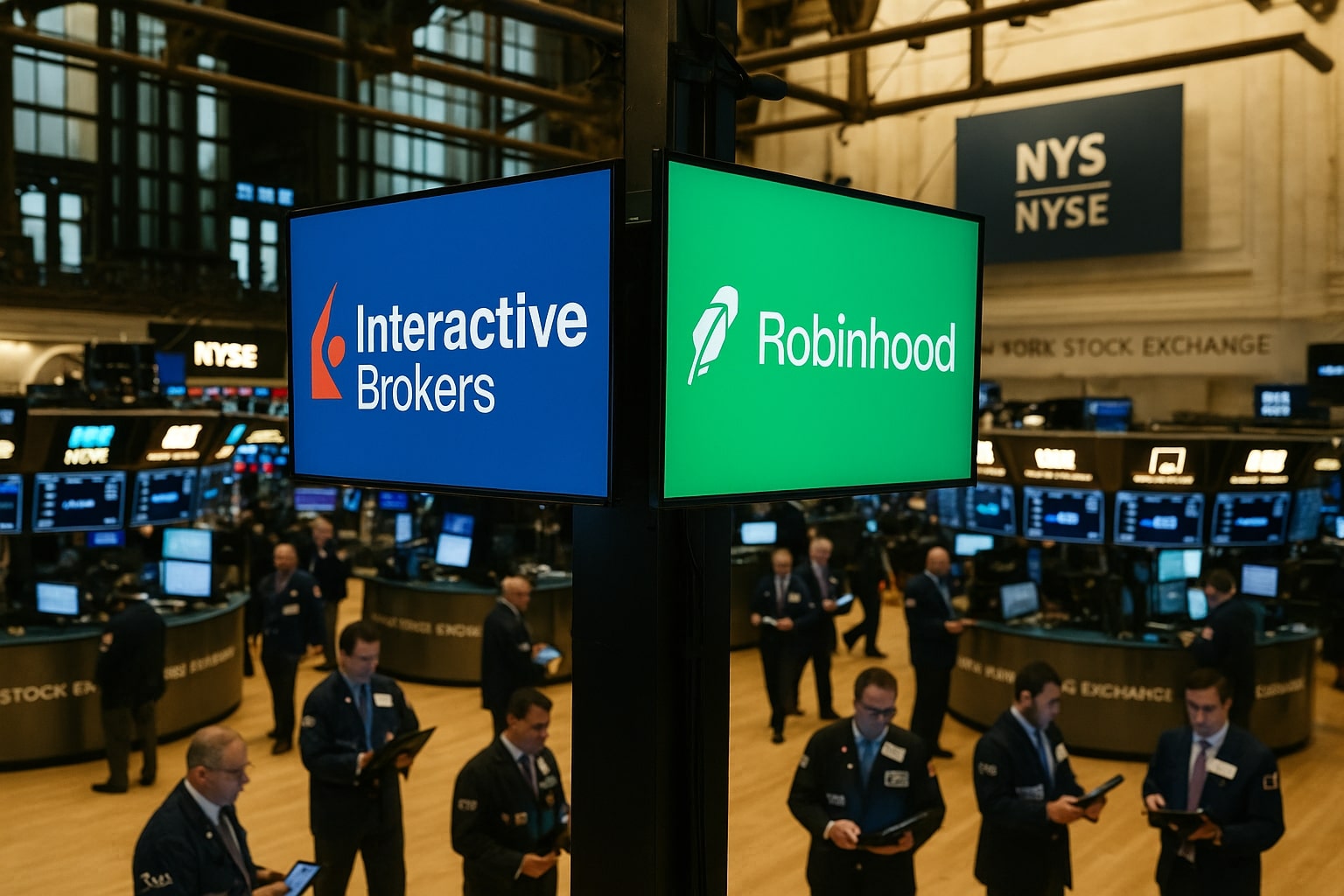
IBKR Stock vs HOOD Stock – Broker Stock Battle Heats Up
Interactive Brokers delivers consistent growth and S&P 500 validation, while Robinhood rides retail and crypto-driven rallies. Which stock offers lasting value? | That's TradingNEWS
IBKR vs HOOD: A Divergence in Valuation and Growth
Read More
-
GDX ETF at $88 While Gold Tests $4,400: Are Gold Miners Poised for $100?
19.12.2025 · TradingNEWS ArchiveStocks
-
XRP ETF Boom: XRPI at $10.94 and XRPR at $15.49 as XRP-USD Clings to the $1.80–$1.90 Zone
19.12.2025 · TradingNEWS ArchiveCrypto
-
Natural Gas Price Forecast: NG=F Hovering Near $3.92 As Weather, LNG And Storage Collide
19.12.2025 · TradingNEWS ArchiveCommodities
-
USD/JPY Price Forecast - Dollar to Yen Near 157 as BoJ’s 0.75% Rate Hike Backfires on the Yen
19.12.2025 · TradingNEWS ArchiveForex
S&P 500 Inclusion: Institutional Validation for Both
Both IBKR and HOOD entered the S&P 500 in 2025, but the implications differ. For IBKR, inclusion validates decades of disciplined growth and positions it among established financial heavyweights. For HOOD, the milestone confirms that retail trading’s cultural impact has created lasting market presence. IBKR’s inclusion drives passive fund inflows and liquidity, while HOOD’s inclusion highlights popularity but does not resolve concerns about earnings sustainability. Index buying provides both with a tailwind, but only IBKR has fundamentals to support long-term institutional confidence.
Analyst Price Targets and Market Sentiment
Analysts maintain a Moderate Buy rating on IBKR, with price targets ranging from $60 to $73. Barclays and Piper Sandler both lifted their targets into the $70+ range following IBKR’s strong Q2 and S&P 500 debut. HOOD’s analyst outlook is split—some set aggressive targets above $120–$130, citing crypto momentum, while others warn of downside risk if crypto volumes cool. Hedge funds have mixed views: WBI Investments cut its IBKR stake by 39.5%, while insiders such as Vice Chairman Earl Nemser sold 194,086 shares at $67.49, totaling $13.1 million, reducing his stake by nearly 30%. In HOOD’s case, institutional activity remains more opportunistic, following crypto cycles rather than fundamentals.
Performance Over One Year and Five Years
IBKR shares are up 109% over the past year and a staggering 476% over five years, compared to the S&P 500’s 98% five-year gain. YTD in 2025, IBKR has surged 46%, outperforming the broader market’s 12% gain. HOOD, however, has skyrocketed 216% YTD, fueled by renewed crypto trading activity, options growth, and retail enthusiasm. But HOOD’s track record since IPO has been volatile, with boom-and-bust cycles erasing gains in previous years. IBKR’s compounding returns demonstrate durability, while HOOD offers traders volatility rather than investors compounding.
Technology and Product Innovation: A Strategic Divide
IBKR continues to expand globally with zero-commission trading in Singapore, NISA tax-free accounts in Japan, and 24-hour Forecast Contracts. Its new Connections tool integrates global data to highlight trading opportunities across equities, options, FX, and ETFs. Meanwhile, HOOD focuses on retail innovation: rolling out cash sweep programs, crypto staking, and enhanced options access. While HOOD captures headlines, IBKR is building infrastructure that cements its moat across institutions and global investors.
Verdict: Buy IBKR, Hold HOOD
At $64.25, IBKR still has upside toward analyst targets of $70–$73, supported by earnings consistency, a fortress balance sheet, and institutional inflows from S&P 500 inclusion. Dividends and stock splits further strengthen its shareholder appeal. HOOD at $116.60 remains a speculative Hold—its upside depends on crypto trading and meme stock enthusiasm, while downside risk is tied to regulation and market cycles. For long-term investors, IBKR is the superior play; for risk-takers, HOOD offers high-beta momentum but little margin of safety.














